Introduction
A South African Perspective on Sustainable Innovation
In 2025, the construction world is finally catching up with something many South Africans have known for a while: we can’t keep building the old way and expect new results. Between rising costs, climate change, urban sprawl, and water and power constraints, the industry is ripe for a smarter, greener approach.
Enter the rise of green building materials — products and solutions designed to reduce environmental impact while enhancing durability, efficiency, and affordability. These aren’t just trends anymore. They’re redefining how we build homes, schools, hospitals, and commercial spaces across South Africa.
Whether you’re a property developer, architect, contractor, or a homeowner thinking about that eco-friendly extension, this post unpacks the top green building materials transforming the industry in 2025, tailored specifically to the South African context.
Let’s get into it 🌿🏗️
🌍 Why Green Building Materials Matter in South Africa
Before diving into the materials, let’s quickly talk about the “why.” South Africa faces some unique and urgent challenges:
-
Electricity grid instability and rising energy costs
-
Water scarcity and drought-prone regions
-
Waste management issues, especially in urban areas
-
The need for affordable, rapid housing without compromising sustainability
-
Climate vulnerability, especially to heatwaves and flooding
Using green building solutions, particularly in the materials we choose, helps address these challenges head-on by improving:
-
Energy efficiency
-
Water conservation
-
Indoor air quality
-
Construction speed
-
Material circularity (reuse, recycling, lower carbon footprint)
Now let’s explore the game-changing green building materials leading the charge in 2025.
🧱 1. Hempcrete: The Plant-Based Powerhouse
What is it?
Hempcrete is a bio-composite made from the inner woody core of the hemp plant mixed with lime and water. It forms lightweight, insulating blocks or panels.
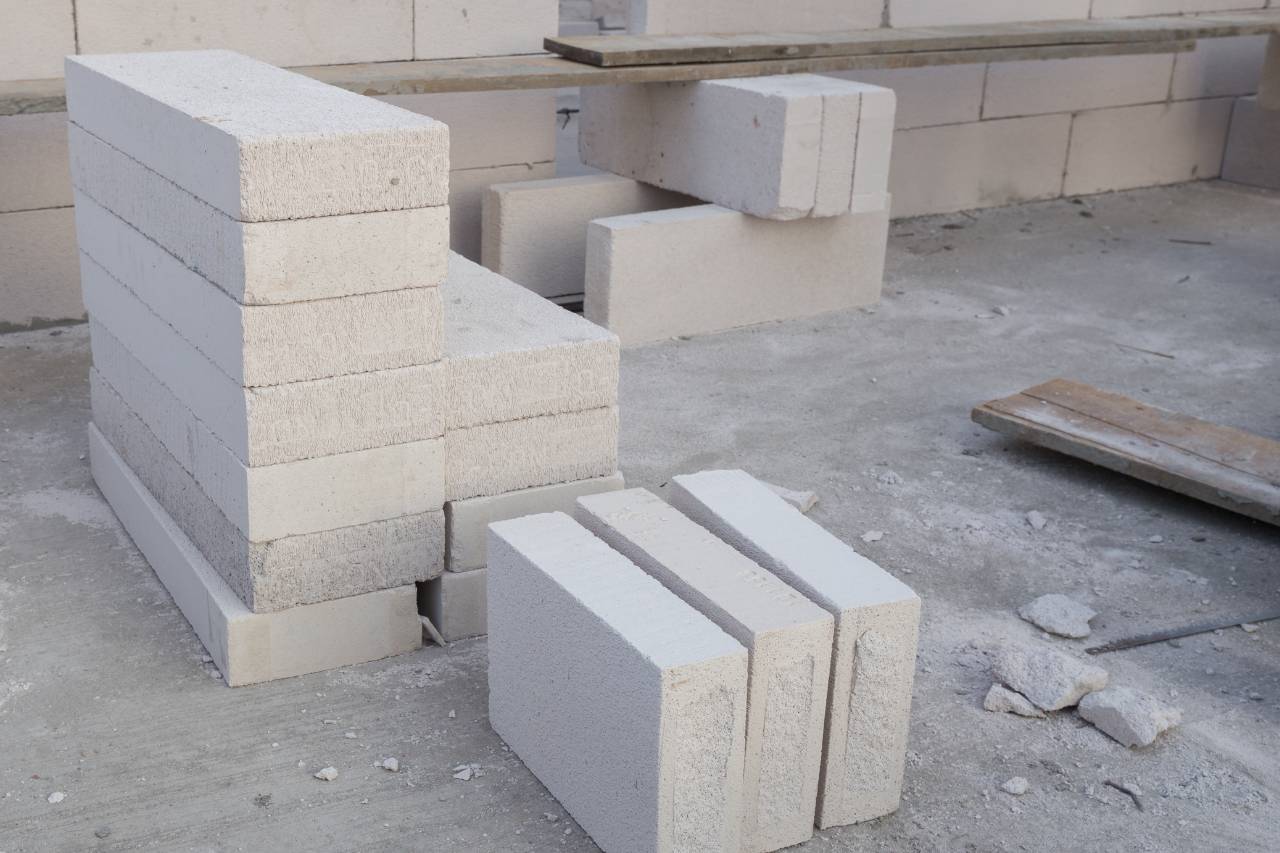
Why it’s a game changer:
-
Carbon-negative material — it actually absorbs CO₂ during curing
-
Naturally fire-resistant and pest-resistant
-
High insulation value (keeps homes warm in winter, cool in summer)
-
Locally sourced hemp reduces transportation emissions
South African context:
With the rise of local hemp farming and legal reforms, hempcrete is gaining serious momentum. Several eco-estates in Mpumalanga and the Eastern Cape are already piloting hempcrete homes.
Ideal for:
-
Residential homes
-
Off-grid eco-lodges
-
Interior partitioning and wall insulation
🧱 2. Recycled Plastic Bricks and Blocks
What is it?
Building blocks are made entirely or partially from recycled plastic waste, often combined with sand or other inert materials.
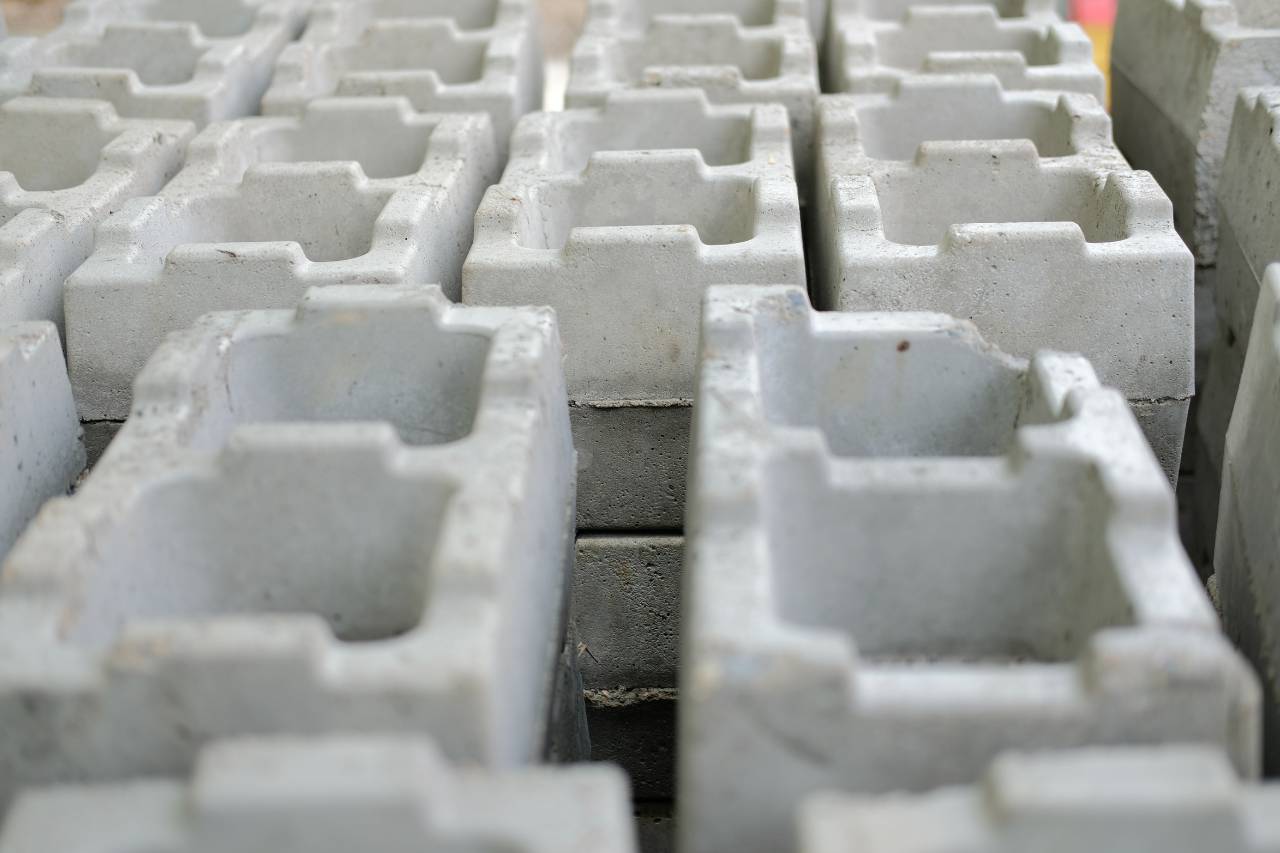
Why it’s a game changer:
-
Tackles the plastic pollution crisis head-on
-
Stronger than traditional concrete bricks
-
Water-resistant and lightweight
-
Cuts landfill waste and creates green jobs
South African context:
Organisations like CRDC South Africa and startups in the Western Cape are turning household plastic waste into construction-grade bricks. Municipalities are even exploring this for low-income housing projects.
Ideal for:
-
Boundary walls
-
Paving
-
Low-rise construction
🧱 3. Rammed Earth Walls
What is it?
A technique where natural soil is compacted into formwork to create thick, solid walls, often mixed with a small amount of cement or lime for stability.
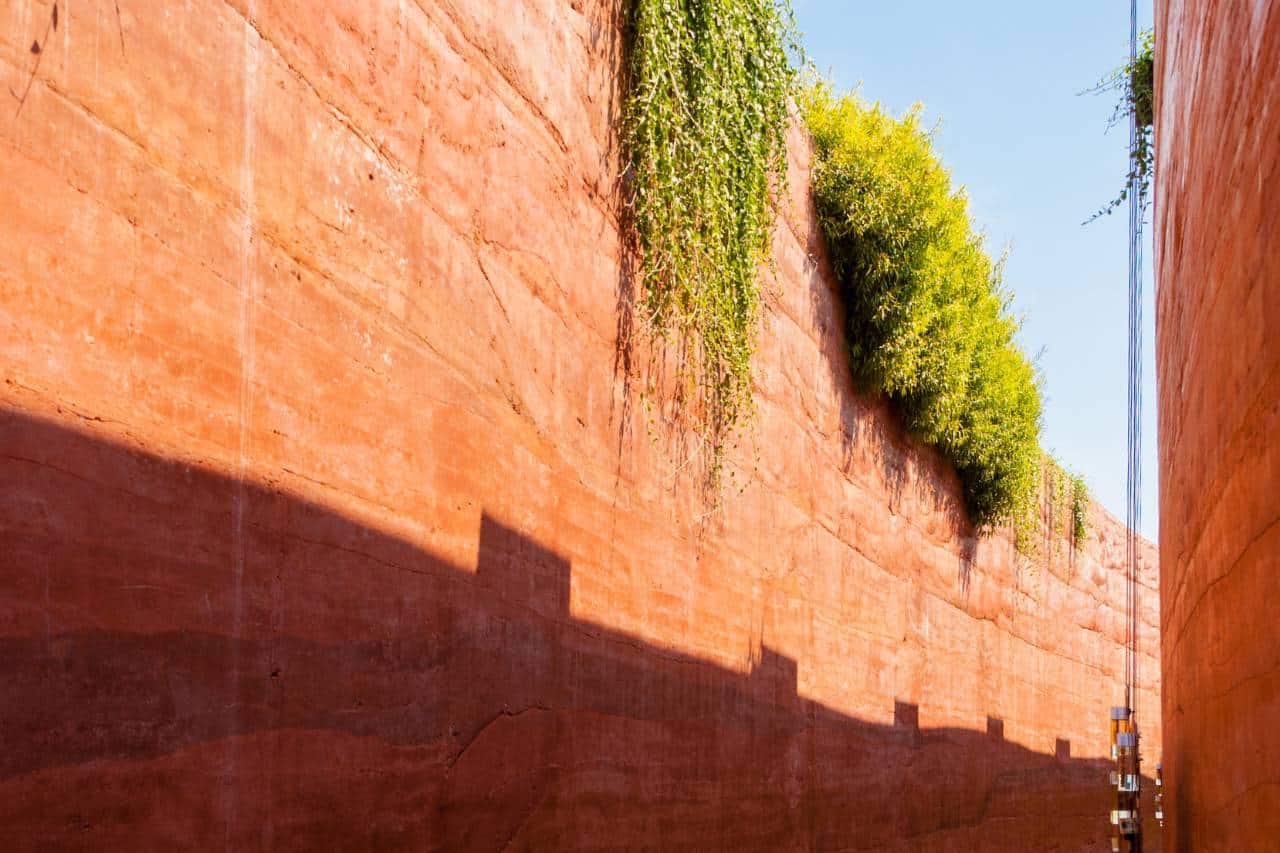
Why it’s a game changer:
-
Very low embodied energy
-
Excellent thermal mass (regulates temperature naturally)
-
Beautiful, earthy aesthetic with minimal finishes
-
Can use on-site soil, reducing material transport
South African context:
Perfect for drier climates like the Karoo or Limpopo. With proper engineering, rammed earth homes perform brilliantly in off-grid or semi-arid areas.
Ideal for:
-
Eco-homes and lodges
-
Cultural centres
-
Rural developments
🧱 4. Bamboo Building Products
What is it?
Bamboo is a fast-growing grass that can be engineered into beams, flooring, panels, and cladding.
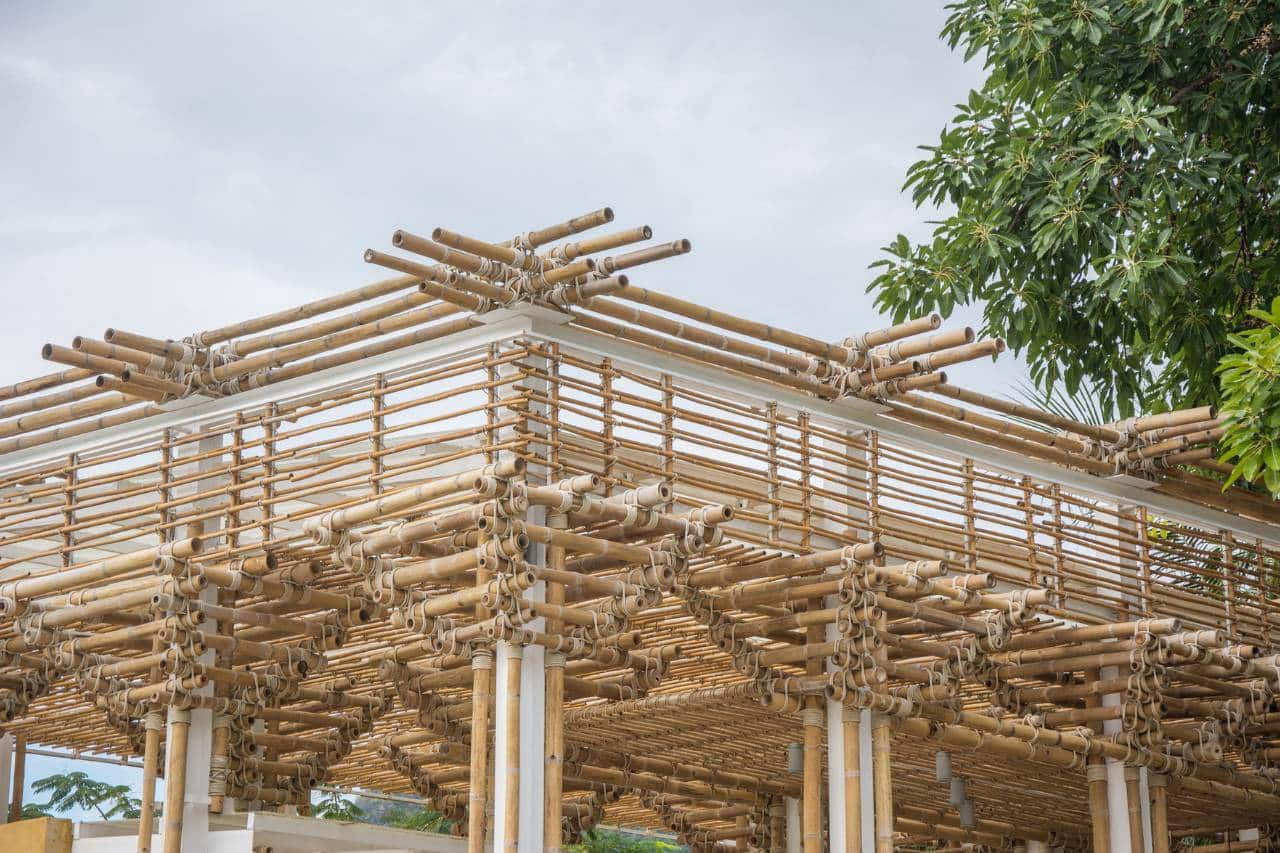
Why it’s a game changer:
-
Grows 10x faster than traditional timber
-
High tensile strength — stronger than steel by weight
-
Renewable and biodegradable
-
Visually striking as both structural and decorative material
South African context:
While not native, bamboo is being cultivated in parts of KwaZulu-Natal and the Eastern Cape. It’s ideal for lightweight structures and modular homes.
Ideal for:
-
Temporary structures and pavilions
-
Flooring
-
Roofing and ceiling panels
🧱 5. Cool Roofing Materials
What is it?
Roofing materials coated with highly reflective finishes that reflect more sunlight and absorb less heat.
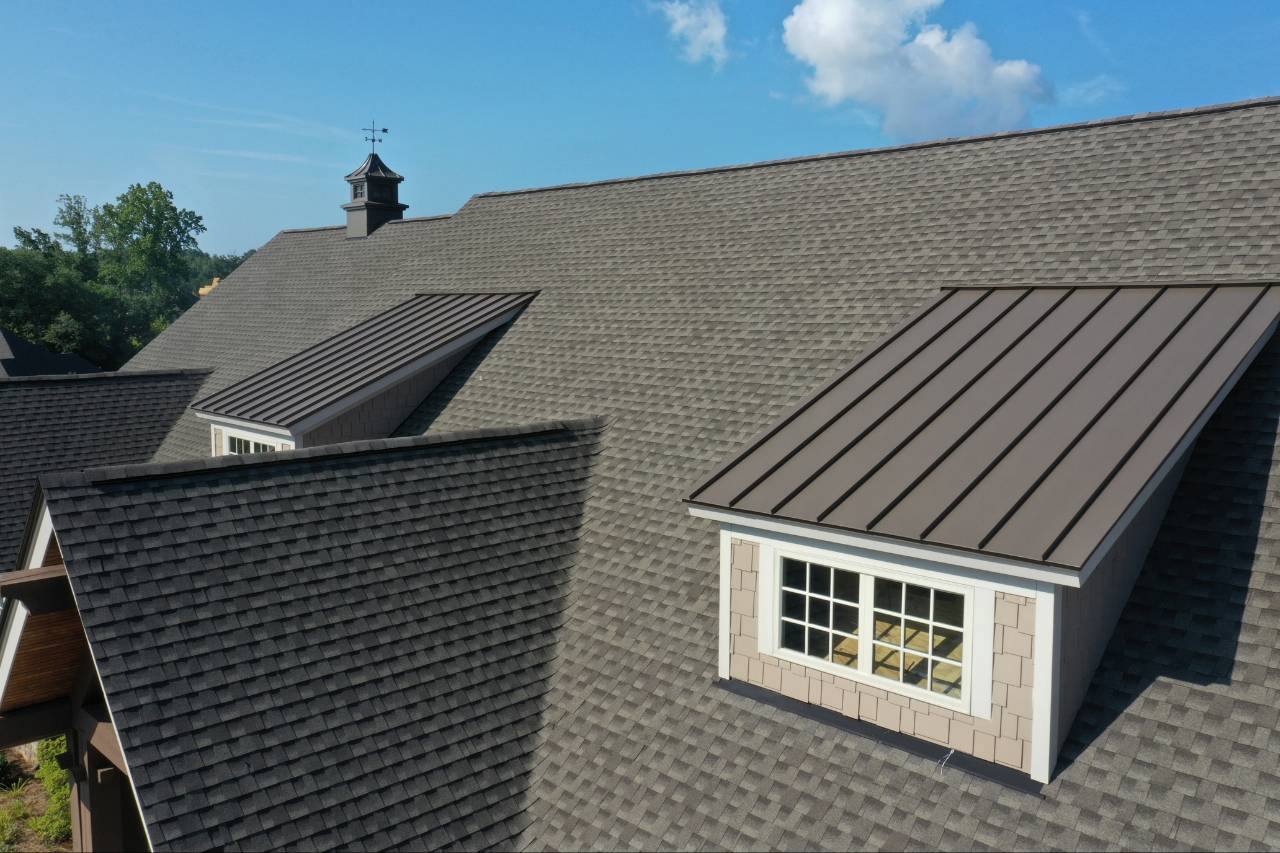
Why it’s a game changer:
-
Reduces indoor temperatures by up to 10°C
-
Cuts reliance on air conditioning (saves energy)
-
Extends roof lifespan
-
Simple retrofit option
South African context:
With scorching summers becoming more common — especially in Gauteng, the Northern Cape, and Limpopo — cool roofing helps reduce the heat island effect and slash cooling costs.
Ideal for:
-
Warehouses
-
Schools and clinics
-
Affordable housing
🧱 6. Fly Ash and Slag Cement
What is it?
By-products of coal combustion and steel manufacturing used as partial replacements for Portland cement.
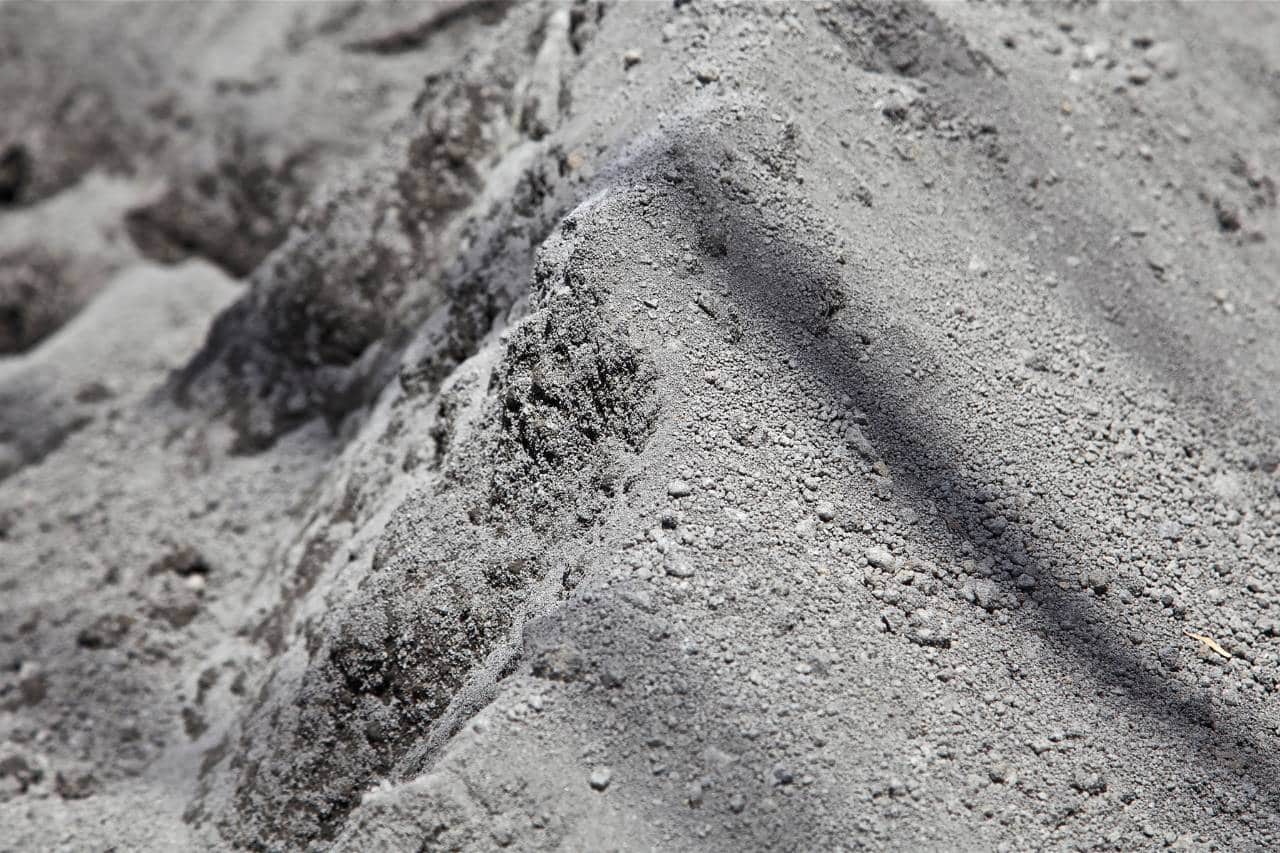
Why it’s a game changer:
-
Diverts industrial waste from landfills
-
Lowers CO₂ emissions compared to traditional cement
-
Improves concrete durability and strength
-
Readily available in South Africa
South African context:
With our reliance on coal-fired power stations, we have an abundance of fly ash. Using it in construction reduces the carbon footprint of concrete-heavy builds.
Ideal for:
-
Foundations
-
Roads and pavements
-
High-rise structures
🧱 7. Cross-Laminated Timber (CLT)
What is it?
CLT is an engineered wood made from layers of timber glued together in alternating directions, creating panels that are incredibly strong and fire-resistant.
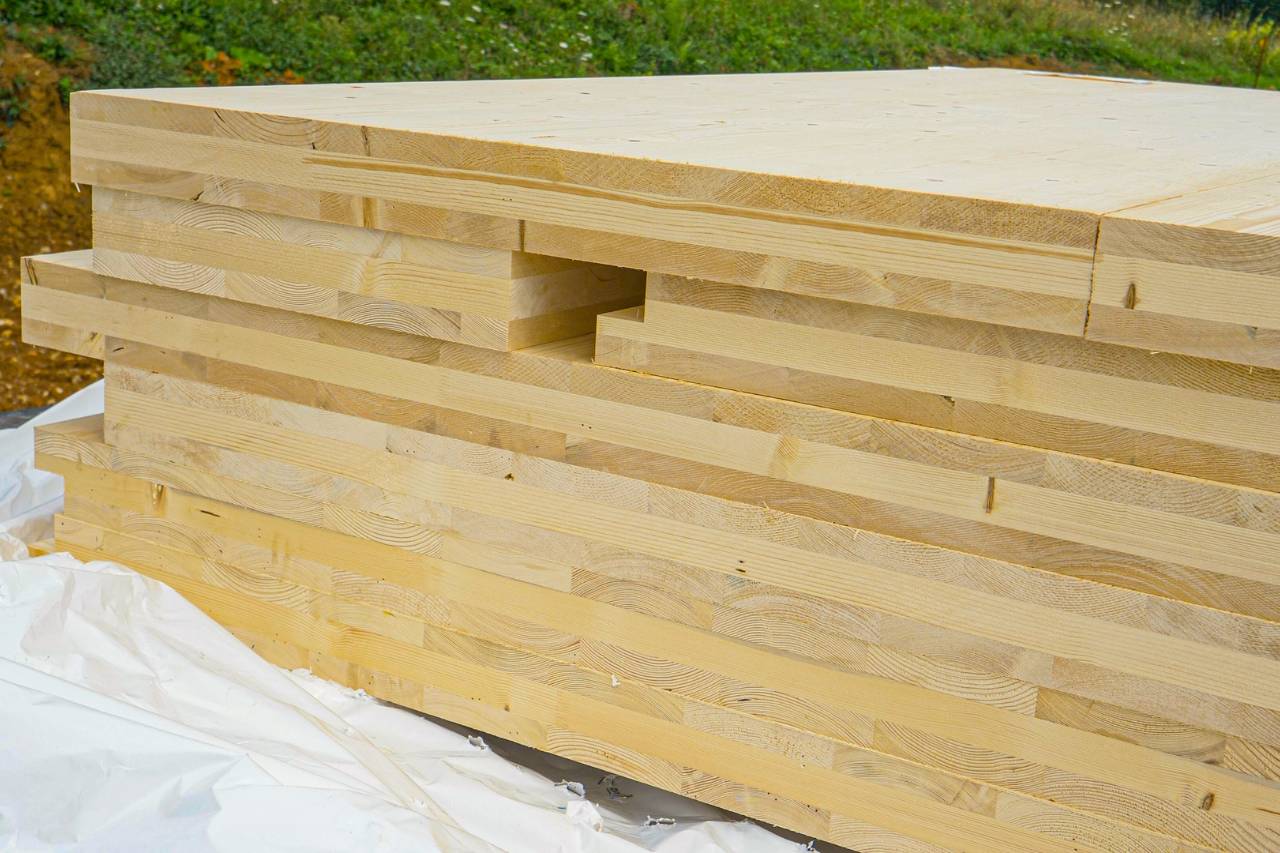
Why it’s a game changer:
-
Renewable and sustainable
-
Faster construction time than brick and mortar
-
Sequesters carbon
-
Allows for precise prefabrication
South African context:
CLT adoption is slowly growing, particularly in high-end and sustainable developments. As forestry practices improve and import costs drop, it will become more accessible.
Ideal for:
-
Residential housing
-
Multi-storey buildings
-
Modular classrooms or clinics
🧱 8. Geopolymer Concrete
What is it?
An alternative to traditional concrete made without Portland cement — instead, it uses industrial waste like fly ash and activates it chemically.
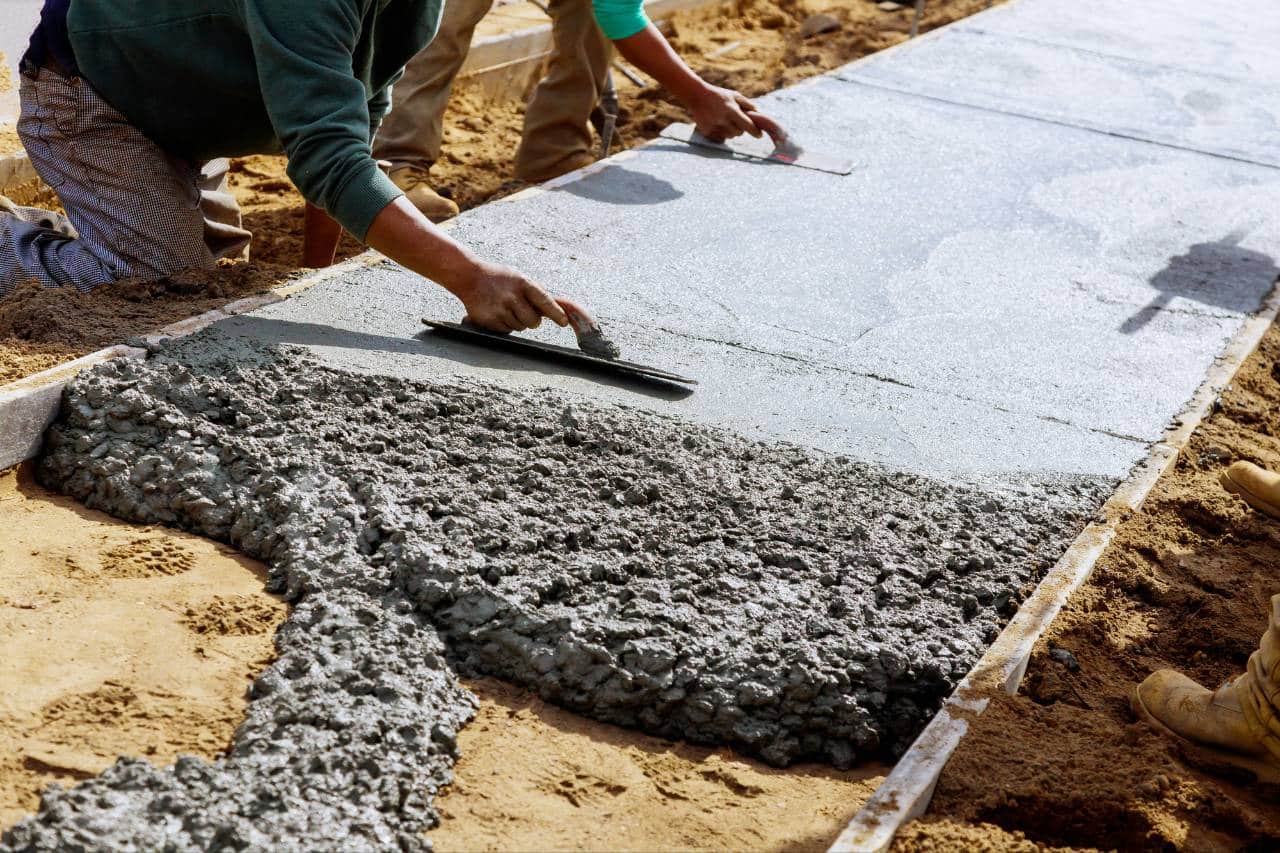
Why it’s a game changer:
-
Up to 80% less carbon emissions than normal concrete
-
Resistant to heat and chemicals
-
Long service life and low maintenance
South African context:
Still emerging locally, but with more research and uptake by forward-thinking developers, geopolymer concrete could be a game-changer — especially for sustainable infrastructure.
Ideal for:
-
Industrial flooring
-
Public infrastructure (bridges, culverts)
-
Green-certified buildings
🧱 9. Insulated Concrete Forms (ICFs)
What is it?
Blocks or panels made from rigid insulation that are stacked and then filled with concrete — combining structure and insulation in one go.
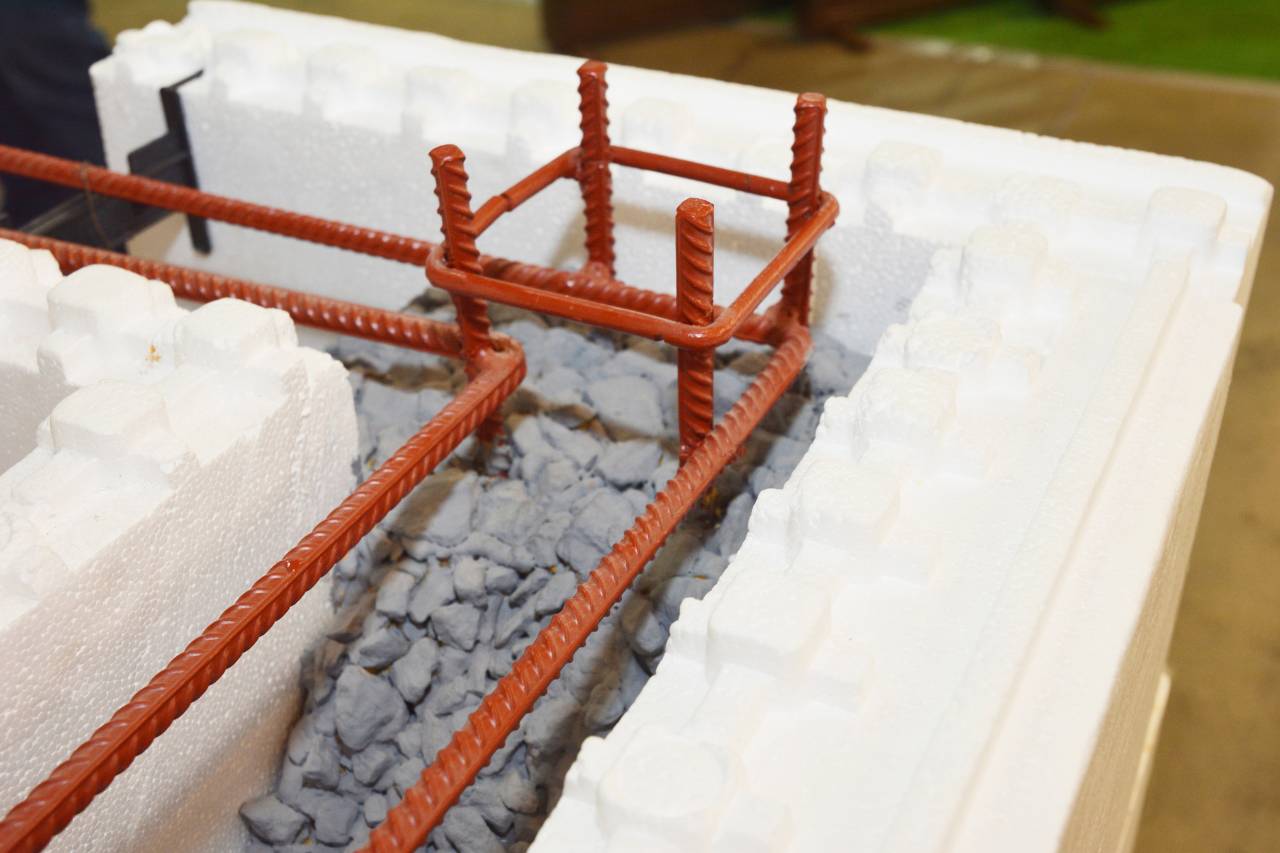
Why it’s a game changer:
-
Fast to build
-
Highly energy-efficient
-
Durable and resistant to fire, pests, and mould
-
Lowers long-term heating and cooling needs
South African context:
Ideal for housing developments and schools in remote areas where speed and thermal performance matter.
Ideal for:
-
Energy-efficient housing
-
Hospitals
-
Office blocks
🧱 10. Reclaimed and Recycled Materials
What is it?
Using previously used materials — from timber to bricks to steel — in new construction.
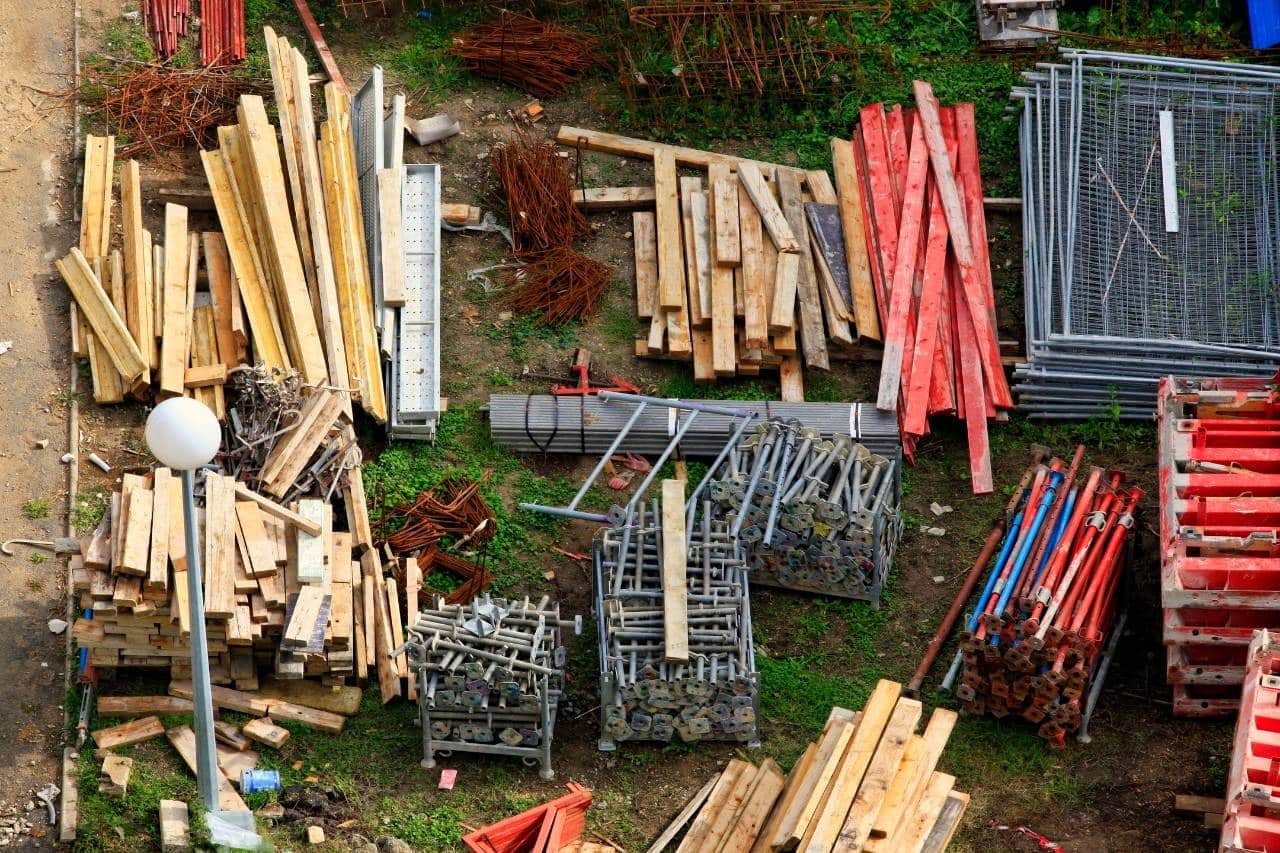
Why it’s a game changer:
-
Reduces demand for virgin resources
-
Diverts waste from landfills
-
Adds character and texture to buildings
-
Often cheaper than new materials
South African context:
Many designers and builders are turning to salvaged doors, window frames, corrugated sheeting, and even concrete rubble in cost-conscious and creative ways.
Ideal for:
-
Renovations
-
Heritage builds
-
Community centres and NGO projects
🧠 How to Choose the Right Green Material
Not every material is right for every project. Ask yourself:
-
Is it available locally?
-
Does it meet the performance needs of the structure?
-
What are the long-term energy or maintenance savings?
-
Does it align with the climate and environmental risks of the site?
-
Is it cost-effective within your budget?
-
Can it contribute to Green Star SA or EDGE certification?
Working with a qualified architect, building contractor, and geotechnical engineer ensures that your materials support not just sustainability, but also strength, safety, and success.
💬 Final Thoughts: The Future of Building Is Green — and It’s Here
Green building isn’t a someday goal — it’s already reshaping the way we build in South Africa. From eco-villages in the Eastern Cape to urban office towers in Sandton, green building materials are offering real solutions to the country’s energy, water, waste, and housing challenges.
By embracing innovative materials, we’re not just lowering our carbon footprint — we’re creating healthier, smarter, and more resilient communities for generations to come.
At Mimiti, we stay ahead of the curve with sustainable design strategies, local expertise, and a passion for green building solutions that actually work — no fluff, no greenwashing, just results.
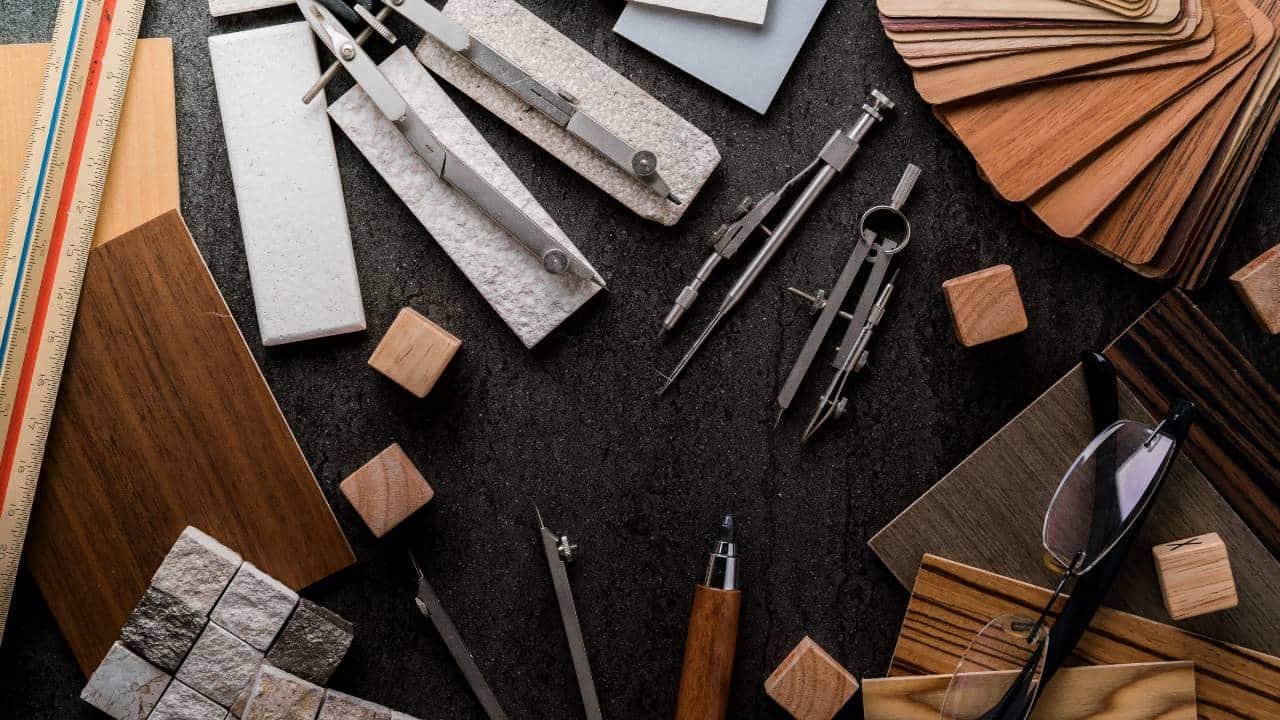
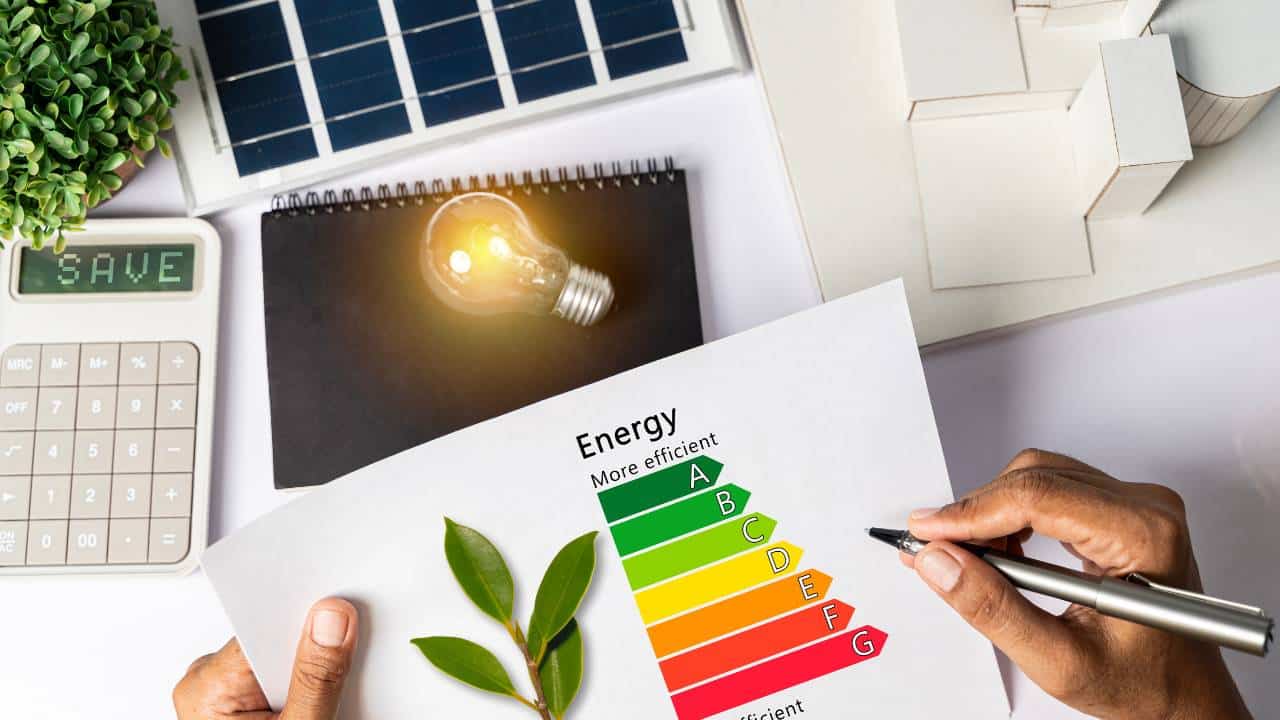
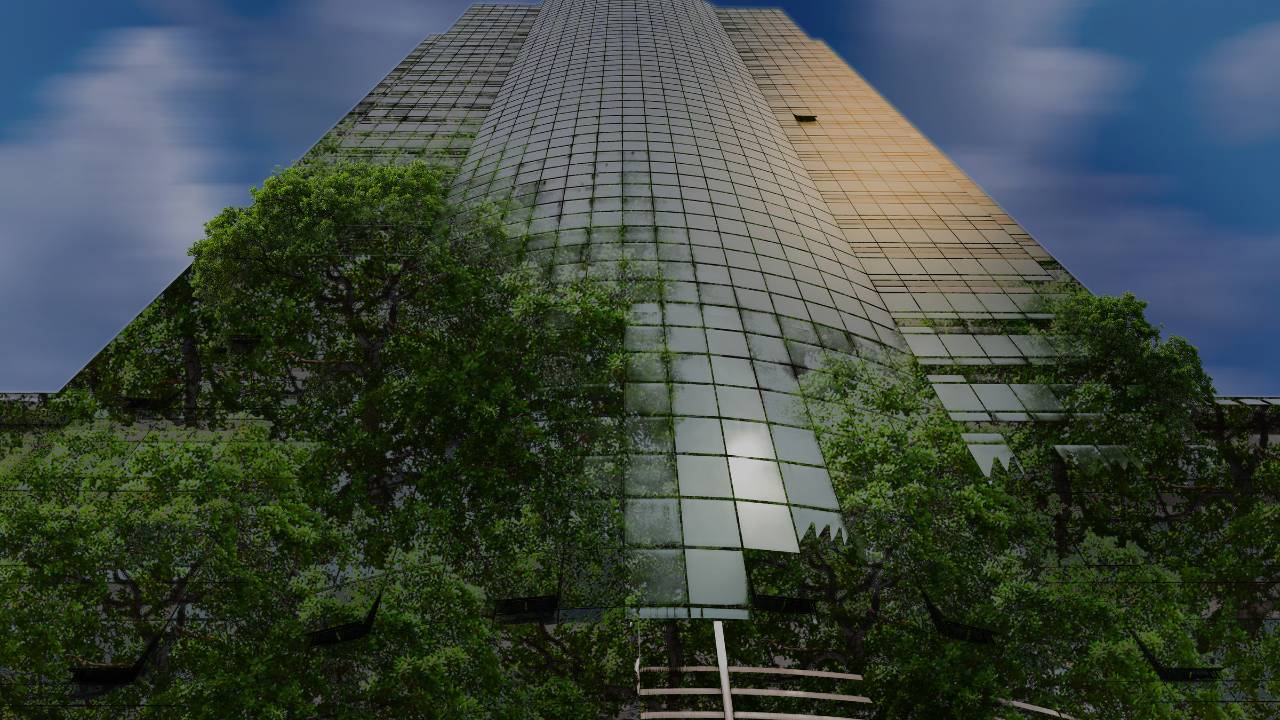
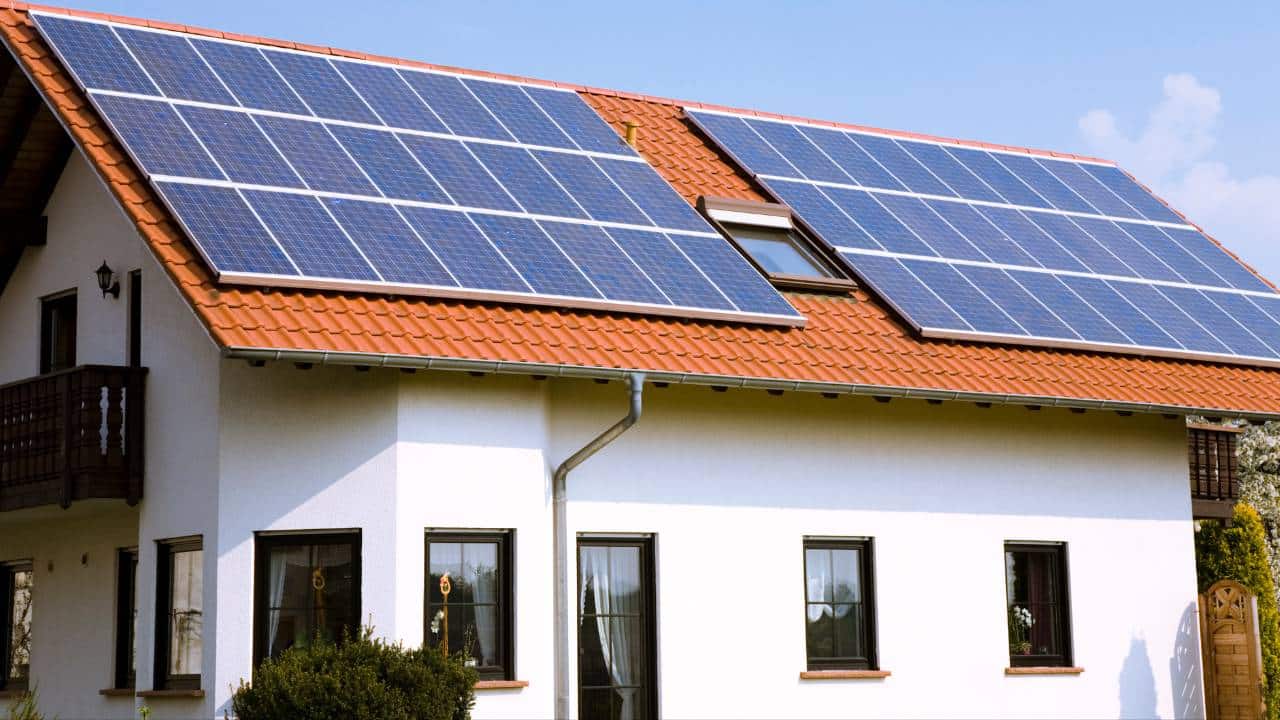
0 Comments